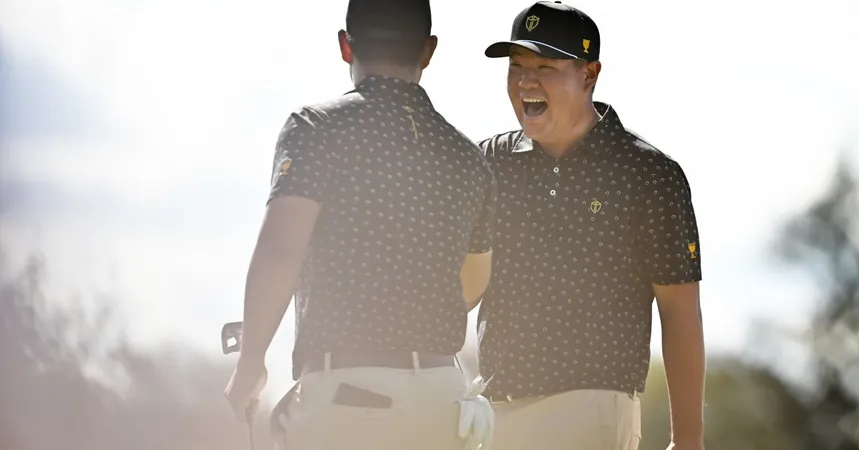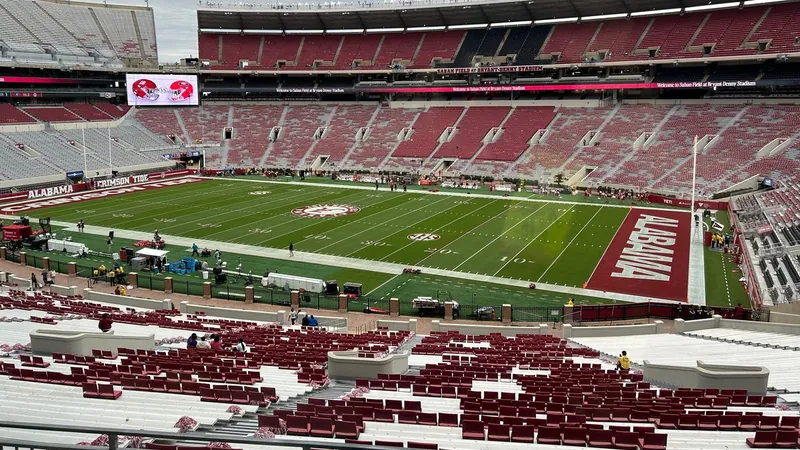
Pep Guardiola's Surprising Passivity: What Went Wrong for Manchester City Against Arsenal?
2024-09-23
In an electrifying encounter that ended in a dramatic 2-2 draw, Pep Guardiola's tactical decisions during the second half raised eyebrows as Manchester City struggled to penetrate a resolute Arsenal defense. With so much at stake, many were left wondering: why did Guardiola adopt such a passive approach when his team needed a revamp?
The first half was filled with action as City delivered pressure on Arsenal, yet trailed 2-1 at the break, thanks to standout performances from Riccardo Calafiori and Gabriel. Despite dominating possession, Guardiola’s men found it hard to convert that into goals, and the second half saw them uncharacteristically muted in their effort to reclaim the lead.
Initially, City employed a 3-1-5-1 formation, with Kyle Walker and Josko Gvardiol playing crucial roles in creating width and depth. However, this setup appeared stagnant as Arsenal adjusted their formation in response to their red card situation, transforming from a compact 4-4-2 to a 5-4-0 and eventually a 6-3-0. Such drastic measures are typically designed to thwart incoming attacks, making Guardiola’s tactics seem increasingly outdated as the match progressed.
Despite being down a goal, Guardiola stuck with the original strategy, opting for minimal changes until the 70th minute. By then, Arsenal had completely retreated into a defensive shell, leaving City struggling to unlock a backline that featured almost twice as many defenders as attackers. Even with substitutions to reignite momentum, the core structure remained largely unchanged—this reluctance to adapt raised questions about Guardiola's tactical flexibility.
A telling aspect of this match was the performance of Ruben Dias, who seemed ill-equipped to orchestrate offense in this pressed environment. His slow decision-making and tendency for erratic long-range shots contrasted sharply with the urgent need for precision and dynamism. Ferocious counter-attacks or incisive passes were sadly lacking, contributing to City's frustrations.
Adding complexity to Guardiola's dilemma was the absence of key players known for their long-range shooting, such as Kevin De Bruyne and Julian Alvarez. Furthermore, with Mateo Kovacic nursing an injury, City's midfield creativity was compromised. This lack of scoring options from outside the box illustrated a stark contrast to previous seasons where City could rely on multiple players to step up.
Guardiola, who once showcased a remarkable ability to adapt his lineup on the fly—like when he deployed Bernardo Silva as a left-back against Arsenal two seasons ago—now seemed trapped by convention. As the game's dying minutes approached, bringing on John Stones proved fortuitous; Stones netted a late equalizer reminiscent of defenders who rise to the occasion in critical moments.
Yet, the way in which City salvaged a point felt more like an escape than a well-executed strategy. It marked a turning point for Guardiola, challenging the coach’s usual knack for tactical ingenuity. With five substitutes available, the failure to fully utilize the squad left fans pondering what might have been if Guardiola had embraced a more proactive approach.
As City prepares for the crucial fixtures ahead, supporters will be eagerly awaiting a response from their manager. Will Guardiola rekindle his famed tactical fluidity, or will he remain ensnared in a web of hesitation? The looming question isn't just about this match, but about his vision for refining Manchester City's approach in a league that consistently demands adaptability and ingenuity.


 Brasil (PT)
Brasil (PT)
 Canada (EN)
Canada (EN)
 Chile (ES)
Chile (ES)
 España (ES)
España (ES)
 France (FR)
France (FR)
 Hong Kong (EN)
Hong Kong (EN)
 Italia (IT)
Italia (IT)
 日本 (JA)
日本 (JA)
 Magyarország (HU)
Magyarország (HU)
 Norge (NO)
Norge (NO)
 Polska (PL)
Polska (PL)
 Schweiz (DE)
Schweiz (DE)
 Singapore (EN)
Singapore (EN)
 Sverige (SV)
Sverige (SV)
 Suomi (FI)
Suomi (FI)
 Türkiye (TR)
Türkiye (TR)